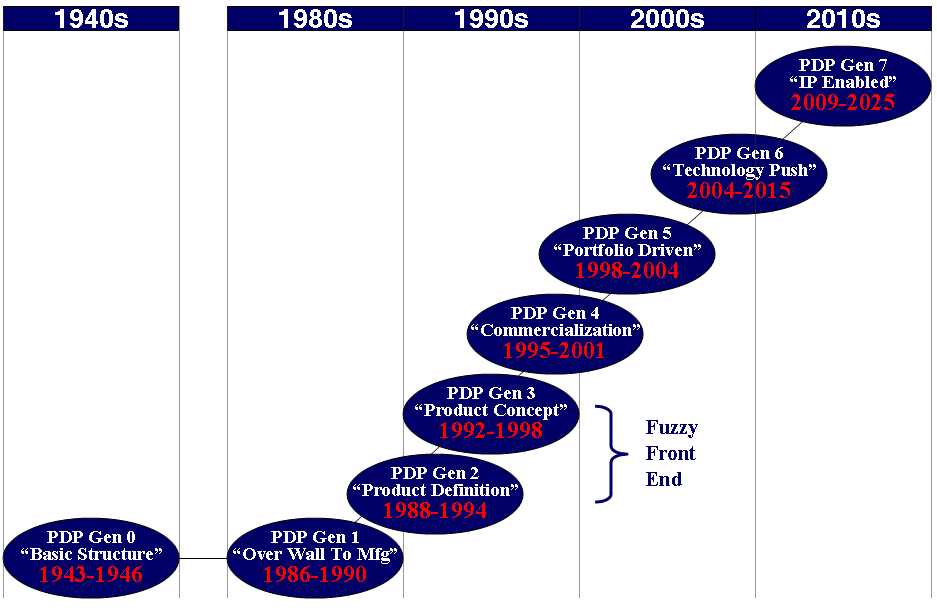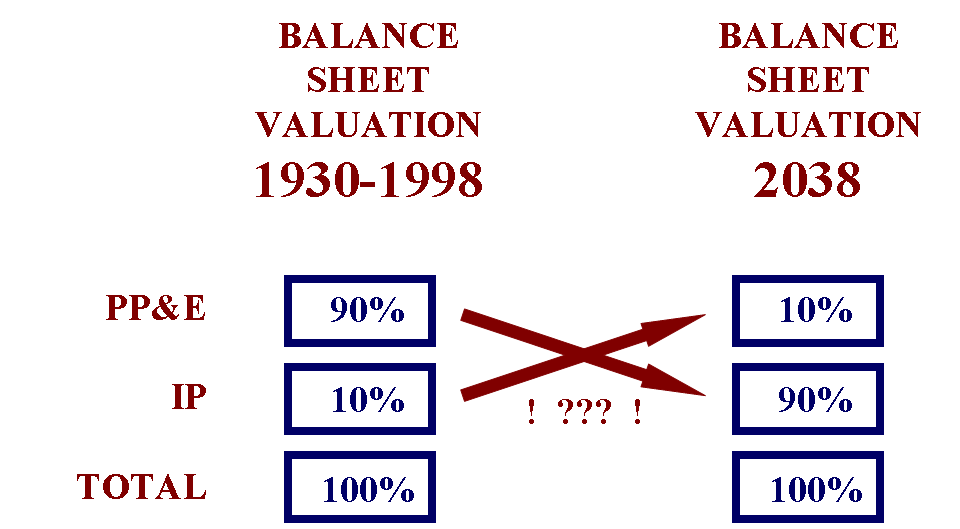R&D Metrics Dashboards Should Include Pure Innovation, Advanced Development, IP, & Competency Measures
The “Innovation Era” is causing tangible changes to R&D and Product Development measurement dashboards. Three major trends have become clear in the past couple of years.
First, small amounts are being shaved off traditional new product budgets and are being reallocated to advanced projects that management believes either may or will have a higher return on innovation. These reallocations often result in double-digit increases in the budgets for highly innovative and advanced products. For instance, say the historical budget for traditional products is 90% of R&D spending and the historical budget for more risky projects is 10%. If 2% was shaved off the 90% and reallocated to the 10% risky, then a double digit increase in risky takes place. As a result, measures are now needed to understand the efficacy and effectiveness of these changes in the allocation of R&D spending. As pure innovation plays often take more time to get to market, it is becoming increasingly challenging to find metrics that capture the essence of this additional risk to determine if it is resulting in premiums in the marketplace.
Second, patents and other forms of intellectual property are becoming more important. The ability to monetize IP has increased already and that trend is continuing. In the next decade, the ability to transact an IP sale will begin to rival the ability to transact a product sale. Business and product plans, and their associated decision-making processes, will evolve to weight products and their associated IP equally as potential revenue/profit streams for any given R&D investment. Product development professionals will increase the amount that they work concurrently with their IP counterparts, and the concurrency will all start earlier in concepting and inventive processes. These historically interfaced but not integrated organizations will become much more unified.
Third, underpinning this all is the ever growing importance of maintaining core and functional competencies. With global knowledge doubling just about every year for the last two decades, keeping staff current on the skills of today while simultaneously building new skills for the not-very-distant future is now a necessity. Human resource management practices are adapting to facilitate the active management of individual and department competencies. Industry has known for years that the range of individual skills for the same job grade in the same department can differ by ten to one. This historically touchy subject is mitigating itself somewhat and competency measurement can now be addressed with less potential repercussions.
These emerging macro trends are changing the constructs of R&D-Product Development metrics and their associated dashboards. Frameworks of the future will need to be more robust in their ability to capture results over longer time periods, to capture results that are not measured by the sale of products, and to capture results originating from flatter knowledge-based organizations.
For general information in this subject area please visit www.goldensegroupinc.com.
For educational events that further explore these practices, please visit our upcoming Metrics Summit.
![Goldense Group, Inc. [GGI] Logo](https://goldensegroupinc.com/blog/driving-product-development/wp-content/uploads/2022/03/logo-corp-darkBlue-65x65.png)

